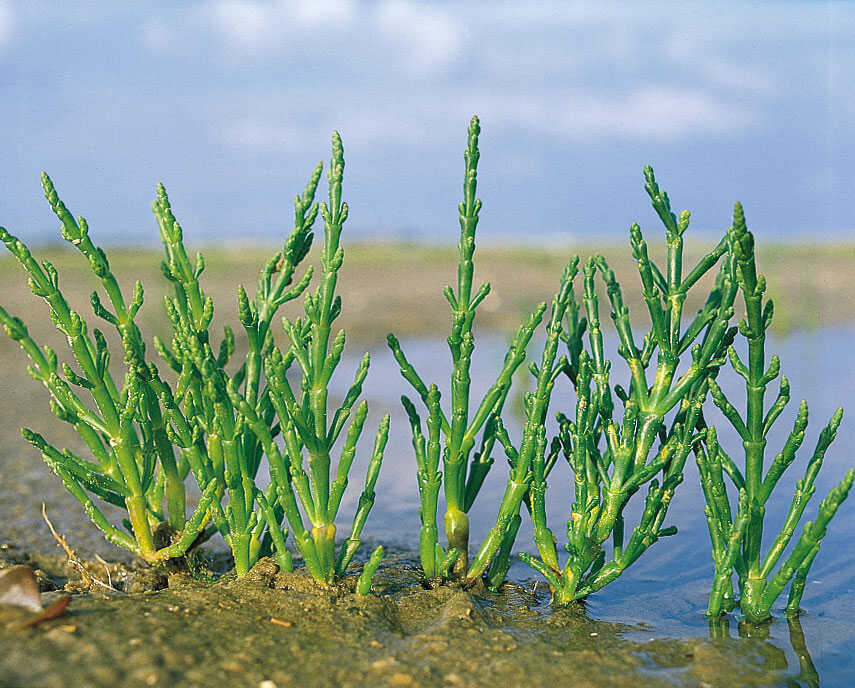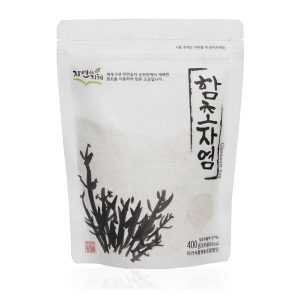
Salicornia, also known as green salt or vegetable salt, is a plant that supports high levels of salinity, and is therefore classified as a halophyte. It is widely used in Europe in salads to replace the addition of salt, but it is also widely consumed cooked. It tastes similar to asparagus.
The different varieties of salicornia grow in coastal salt marshes and other salty habitats, such as the shores of salt lakes. They can also grow partially immersed in salt water.
In studies published in Korean Journal for Food Science of Animal Resources, a team of South Korean scientists examined how to use salicornia to reduce the amount of salt added to sausages. The plant is naturally salty, as it grows in these waters, and also has a good content of fiber, unsaturated oils and proteins.
The team manufactured combinations of sausages with different proportions of salt and salicornia powder. In order for the inside of the sausage to be homogeneous, it is necessary to extract meat proteins. Some of these proteins are soluble in the presence of salt, which is why salt is an essential part of maintaining the texture of the sausage. Replacing it with alternative fonts is more complicated than it seems.

The sausages were subjected to a battery of chemical and physical tests to see how their texture resisted the presence of salicornia. As a result, the plant is able to extract the proteins and preserve the texture. The more salicornia, the more proteins were solubilized.
In another 2013 study, also carried out by South Koreans, the effects of applying salicornia powder on the production of beef jerky were evaluated. The result was promising, showing that salicornia powder can be used to improve the sensorial and microbiological quality of the product.





continued: Have you ever used salicornia? I saw that in Korea they tested it on sausages, I would like to use it in my sausage production and test the results, will it work? Would you have any advice on where to find a quantity for this experiment? Thank you for your attention and big hug
Hi Layrton, unfortunately I think that salicornia has not yet evolved much in Brazil since the publication of this article. I didn't research it, but I didn't come across anything about it either. What you can try is to replace part of the sodium with the use of potassium chloride and monosodium glutamate, I believe this is the most viable way currently to reduce the amount of sodium. But sodium is really something that is very difficult to replace in terms of flavor and conservation.
Hi Eduardo, how are you? First of all, congratulations on the site, great tips, top videos, really learning a lot with your help and other people's questions, thank you very much. I'm starting my steps in the art of charcuterie, equipping myself to make artisanal sausages (I'm even going to test your recipes, I've already saved several of them in my YouTube favorites). Because I have high blood pressure, I started researching alternatives to produce items with less salt, even though I know that it is a fundamental ingredient for a good final result, in addition to preserving the sausages. I discovered Salicórnica or Sea Asparagus, I'm looking for more information, but there is little is available about it, I believe that in Brazil we are still in the testing phase, some timid production in the south of the country, would you have more information about this?